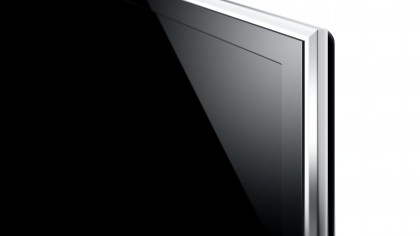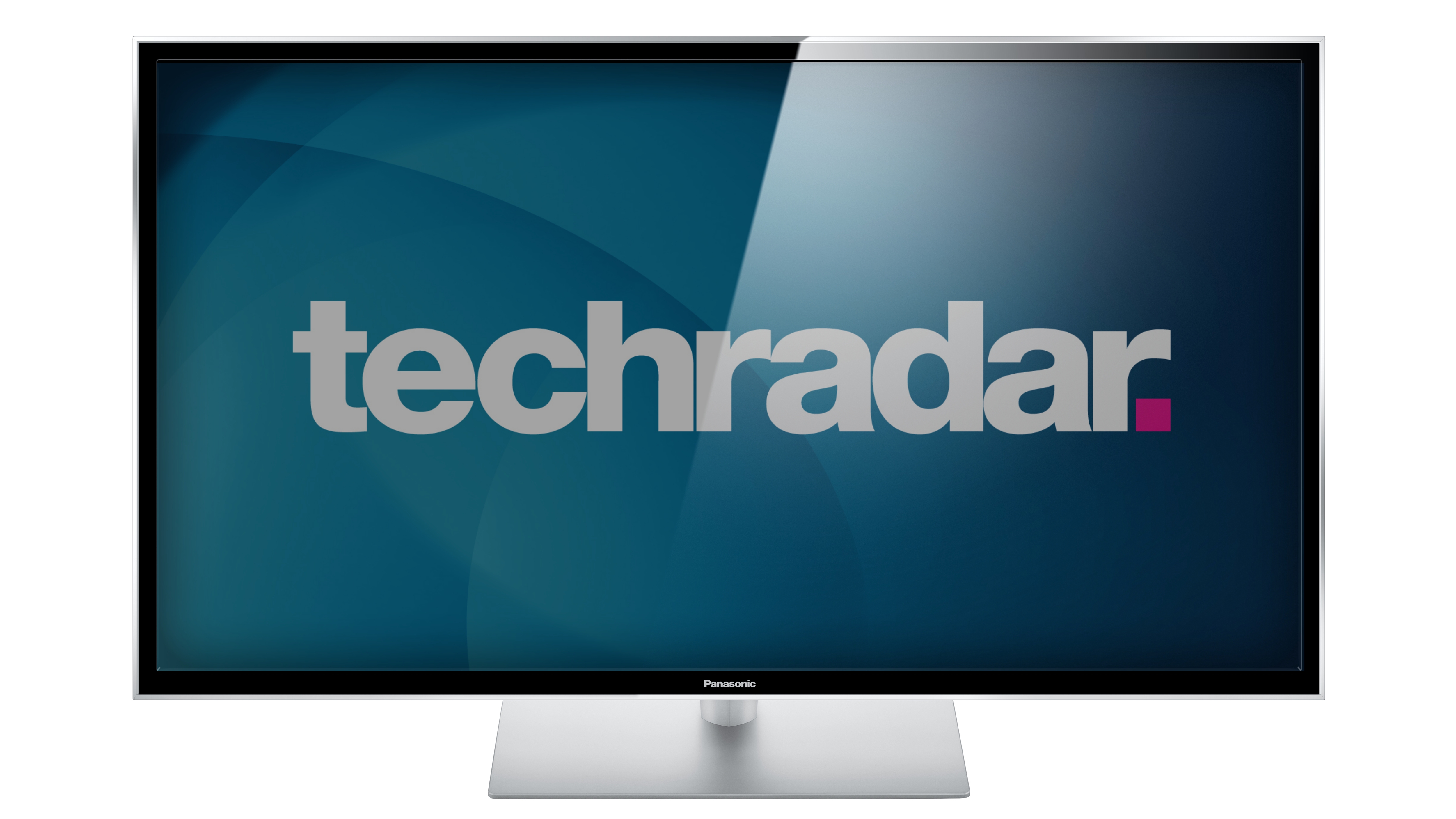Why you can trust TechRadar
For the most part, it's Panasonic plasma business as usual with the P42ST60's pictures. Which is, of course, a very good thing.
Getting the party started is the P42ST60's black level response. The ability to show dark scenes with black colours in them that look natural, deep, rich and full of detail has been plasma's single biggest advantage over LCD technology for years now, and the P42ST60 continues the proud tradition.

Its black levels seem every bit the equal of those of last year's GT50 models, and as such mark a clear step up from those of last year's ST series. More importantly, they're deeper and more natural than those of any other TV we can think of at the same sort of price point.
So if you're a fan of movies, which tend to favour much more dynamic contrast ranges than typical TV shows, and £750 is as far as your budget will stretch, then the P42ST60 is almost a no-brainer. Especially as the exceptional black level response also provides the perfect foundation for the P42ST60's colourscape, which is both more natural and more subtly delivered than you've any right to expect for its money.
We mentioned that the P42ST60's exceptional black level response made it almost a no-brainer a moment ago. And the reason for the 'almost' there was that the P42ST60's movie-loving charm fades a little if you watch it in a lot of ambient light. In these conditions, the unsophisticated nature of its light filter relative to Panasonic's higher-end plasmas can mean the ambient light reduces the screen's black level response quite markedly, giving dark areas a slightly green tinge in the process.
Colours also tend to look muted in bright light, and the picture generally loses some of its intensity.
Of course, the simple answer to this is to try to make sure you darken your room as much as you reasonably can when you're watching a film on it. But we acknowledge that this might not always be easy for every household.
The downside
Now we've stumbled into discussing the P42ST60's picture flaws, we might as well get the rest out of the way too. Namely that HD doesn't look quite as pristine as it does on Panasonic's higher-grade plasma TVs (probably down to a combination of not having the Hexa processing and colours not having quite as much resolution), and that standard definition pictures don't upscale quite as crisply and evenly as they do on some premium TVs.
Sign up for breaking news, reviews, opinion, top tech deals, and more.
Getting back to the good stuff that dominates the P42ST60's performance, it handles motion very nicely by flat TV standards. There's no trace of the blurring you get with LCD TVs at this price level, and while there's judder with 50Hz broadcasts you can get rid of this by using the provided motion processing on its lowest setting – a setting which causes pleasingly few unwanted side effects and doesn't leave the image looking unnatural.
It's also great to find the P42ST60's phenomenal contrast performance in low-lit rooms remaining intact, even if you have to watch the TV from a wide angle – something that's just not possible with LCD screens, even those that use IPS technology. If any of your seating positions are at a wide angle to where the TV sits - a very common circumstance in the UK's notoriously weirdly shaped rooms – then you really should be grabbing a plasma TV like this one before it's too late.
The last thing to stress about the P42ST60 is that its colours are far better than those of its equivalent 2012 model, thanks to the way power efficiencies in the NeoPlasma 2500 panel design allow the screen to be injected with more brightness and colour saturation without the screen running foul of the EU's stringent power consumption regulations.
Dynamic pictures
As well as helping pictures look almost as dynamic as those of top LCD TVs, the P42ST60's extra brightness helps it fight better than its predecessor the effects of ambient light on contrast and vibrancy. Just switch to one of the TV's more aggressive picture presets.
Please note, however, that when driven hard like this, the P42ST60's pictures can look a bit fizzy and colours can start to look a touch forced, so we wouldn't recommend leaving the TV running permanently in a bright mode. The best solution with the P42ST60 is always to darken your room where possible, rather than ramping up the TV's intensity.
3D strengths
The last element of the P42ST60's performance to cover is 3D. This is traditionally another area of strength for plasma screens, and for the most part the P42ST60 doesn't let us down.
Crosstalk double ghosting noise is very well suppressed for a start, and it's thanks partly to this that the P42ST60's 3D pictures look engagingly detailed and HD when you're watching 3D Blu-rays. Unlike its predecessor, moreover, the P42ST60 has enough brightness at its disposal (if you switch to the Dynamic 3D preset from the default Normal mode) to limit the impact of the reduction in brightness associated with using active shutter glasses with a plasma TV.
Having a bit more brightness to play with also helps Panasonic's set deliver more shadow detail in dark areas – something that's crucial in helping a TV develop a sense of 3D depth in low-lit dark sequences.
While the P42ST60's 3D images are good, though, they're not flawless.
Motion looks rather uncomfortable thanks to some pretty hard-to-ignore judder if you don't use the set's motion processing, and some similarly hard-to-ignore unwanted processing artefacts if you do use the set's motion processing.
Colour resolution takes a slight hit with 3D, too, resulting in some minor striping effects over areas of colour blending. Also, the need to drive the panel very hard to counter the dimming effect of the 3D glasses can cause some slight dot crawl over skin tones as they cross the screen.
To be clear, watching 3D on the P42ST60 is a generally positive experience – especially if you can watch the set in a pretty dark room. But it's with 3D that we most keenly felt the temptation to step up to the GT60 series, which delivers a markedly better 3D performance.

John has been writing about home entertainment technology for more than two decades - an especially impressive feat considering he still claims to only be 35 years old (yeah, right). In that time he’s reviewed hundreds if not thousands of TVs, projectors and speakers, and spent frankly far too long sitting by himself in a dark room.
